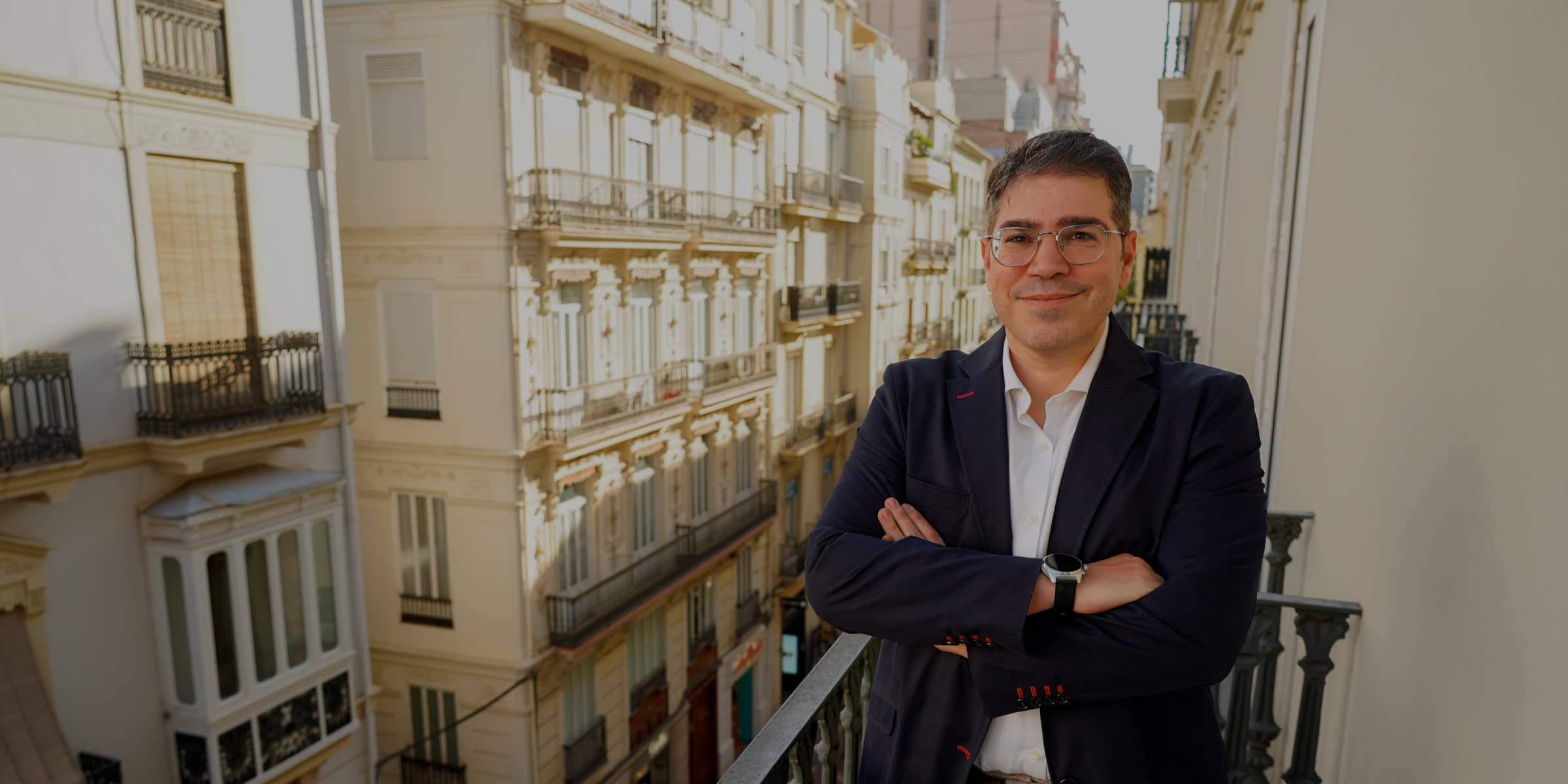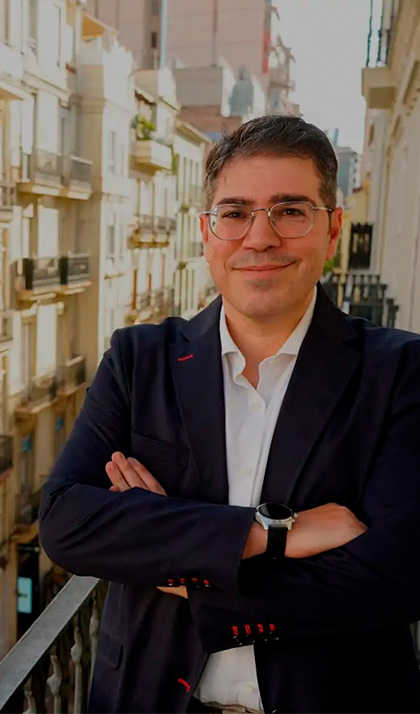

renewable energy division
renewable energy division
Atitlan Helios, the renewable energy division of Atitlan Grupo Empresarial, is one of the leading players in the new photovoltaic projects that are beginning to take shape in the province of Alicante. Having cleared the Government’s environmental filter with two photovoltaic plants totalling 205 MW and an investment of 91 million euros, we spoke to Atitlan Helios’ Director, Óscar Palomares, to learn about the company’s future plans and, above all, how it is responding to public concern regarding the impact of major projects such as the ones it is undertaking.
Your solar plants in Alicante were awarded the EIA at the very time when there was the greatest public outcry about the environmental impact of these facilities. How aggressive is a photovoltaic power plant for biodiversity?
There have been observations made on power plants that have been built since 2010, and what they have found is, for the very simple reason that the parks are fenced off, the case is quite the opposite: biodiversity is being encouraged. For many years now, almost all the fences have been hunting fences, in other words, they allow wildlife to pass through. As a result, all these PV power plants end up becoming wildlife islands. As humans do not
enter to ‘disturb’ them, they create islands of biodiversity. This is incredibly interesting because it generates ecosystems where birds go to nest because they are quieter, it enhances the countryside, because the facilities actually occupy very few places.
Is Atitlan noticing this rejection of its projects?
Fortunately, we are not encountering this kind of opposition. We always look for partners who have a more local approach and knowledge. The work that has been undertaken is amazing. We have been talking to the town councils and the affected residents for almost four or five years. Logically, someone who just arrives and sets up the PV power plant is going to encounter more opposition than someone who has been working, talking, analysing where it needs to be implemented, where they think it is going to cause the least inconvenience to the residents… One of the core features that we have sought in our case is that our lines, which is something that is often not talked about, should be underground or shared, in order to cause a minimum impact, and that they should be very short lines. This generates infinitely less impact than large overhead lines and much less social opposition. For this reason, it requires a huge amount of prior analysis, a lot of work and, above all, ruling out many projects, which would have to lay long lines to achieve evacuation.
How do you approach your relationship with the local environment surrounding your plants, in order to overcome the resistance or discontent that may be caused by the fact that in an area where you used to see a meadow, now you are going to see a metallic surface?
Apart from the points I have mentioned, of finding locations as close as possible, etc., afterwards, in this conversation that you must have with residents, with the town councils, you must also highlight the benefits for the municipality itself. We can say in particular that we have published children’s books for schools, we are conducting environmental awareness-raising activities, we are partnering to create local energy communities to alleviate — especially for irrigation associations— the tensions to which they are being subjected due to the price of energy, etc. We are also looking at setting up self-consumption in the local councils involved, to install PV panels in schools, which are also suffering from high electricity bills. Also, in the areas that I was saying that we are reserving, we are letting farmers continue to grow crops.
Do you plan to make any future sales of photovoltaic portfolios developed by Atitlan to other investors?
Atitlan’s mission is always to hold on to its assets for the long term, and for the time being no sales have been made. However, it is true that we are not ruling out this option either. It is worth bearing in mind that almost all the players in the sector (from very large to very small ones) tend to rotate their assets quite a lot. Right now, as I said, in all the projects we have, our initial goal is to remain in the sector, because of our philosophy, which is always taking a long-term approach. But without ruling out the possibility of a sale at a given moment, for example as part of a strategy to capitalise companies.
And are you considering going to the forthcoming renewables tenders to bid for new power to install?
The power we are installing in Alicante dates back to 2019, when it was still possible to obtain capacity in Red Eléctrica’s grids or distribution networks. We are gearing new projects towards various lines outside the tender, with projects that add value to the grid, i.e. the gaps where new proposals are being allowed to be made. For instance, with projects that have photovoltaic or wind power, but which also have a component called synchronism.
This means that Red Eléctrica will benefit from this project because you give it a plus to stabilise its grid. Furthermore, as regards tenders, we are ready, but there is still no certainty as to what will happen or when they will be called.
Apart from these two plants, do you have any other projects in the pipeline or in the design phase?
There are a couple of other plants, but they are still under development. We are awaiting answers from the Ministry. They would be similar to the two we have already had approved, with an additional 180 megawatts, and they would also be in the inland area of Alicante.
And in the province of Valencia, do you have any projects underway or any plans to carry them out?
Right now we are prospecting an agrovoltaic project, and a hydrogen project, but they are still in very preliminary stages.
Summary, AlicantePlaza interview. https://alicanteplaza.es/oscar-palomares-atitlan-helios- tenemos-180-mw-mas-en-alicante-y-buscamos-en-valencia
